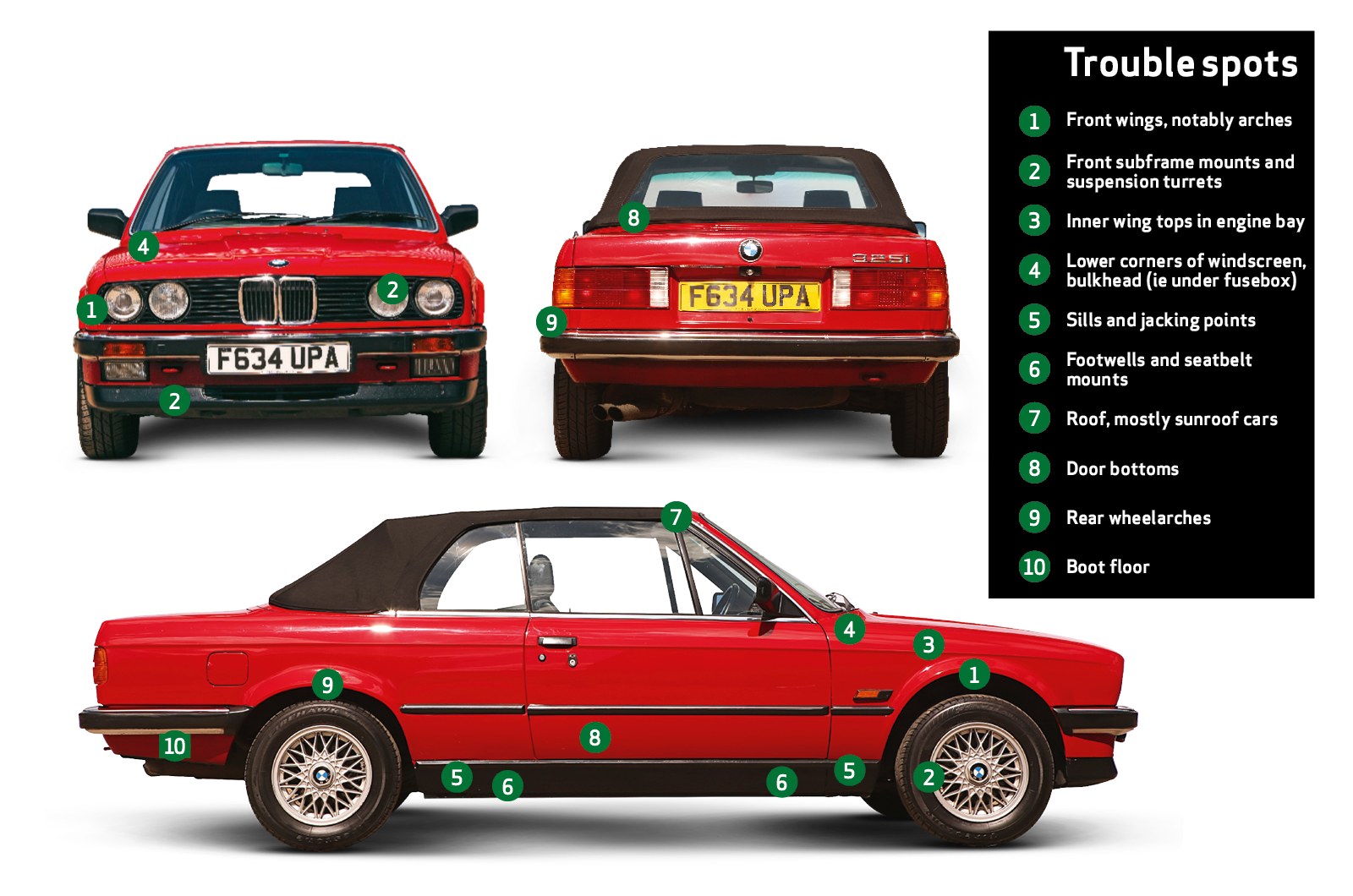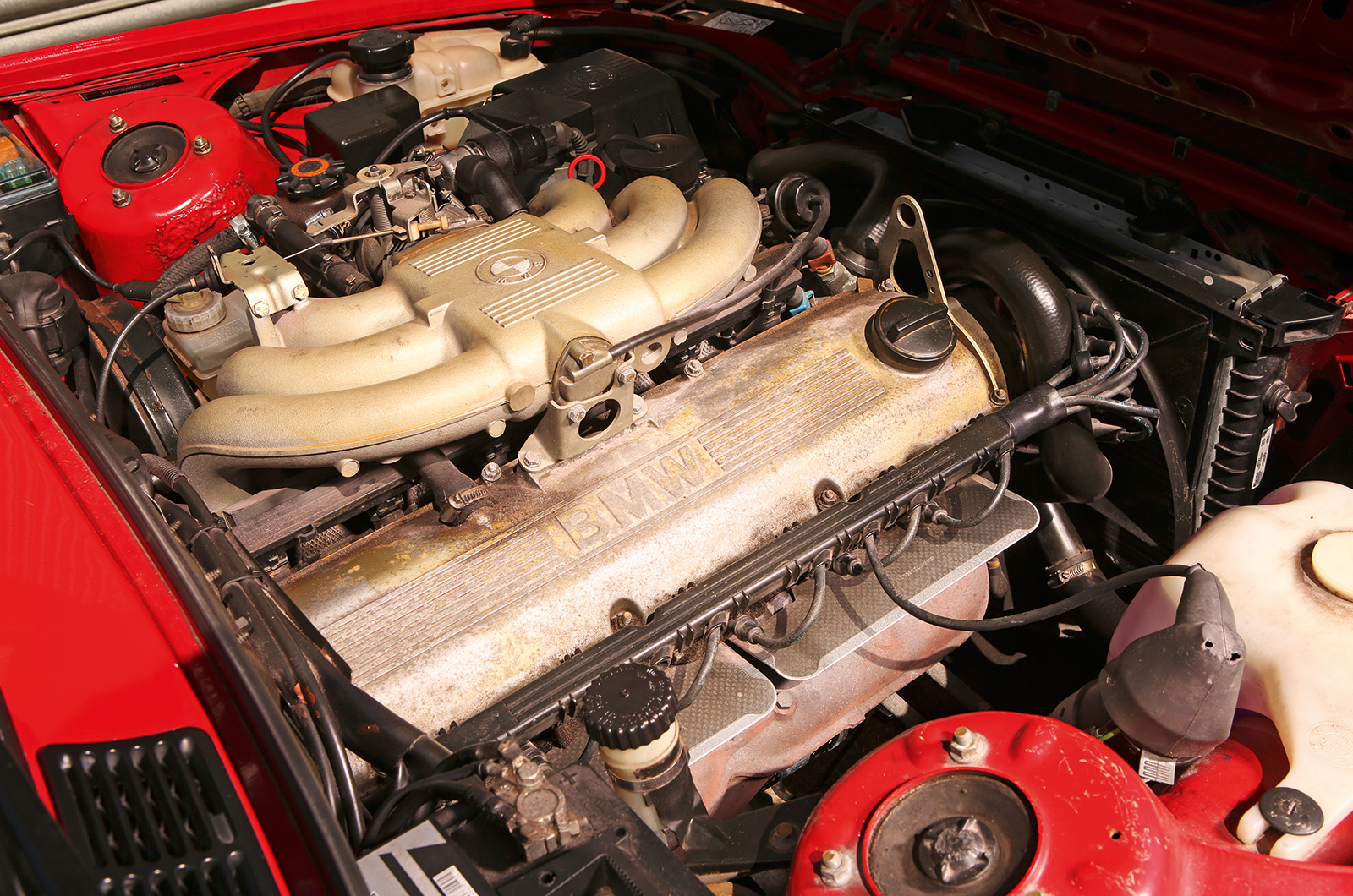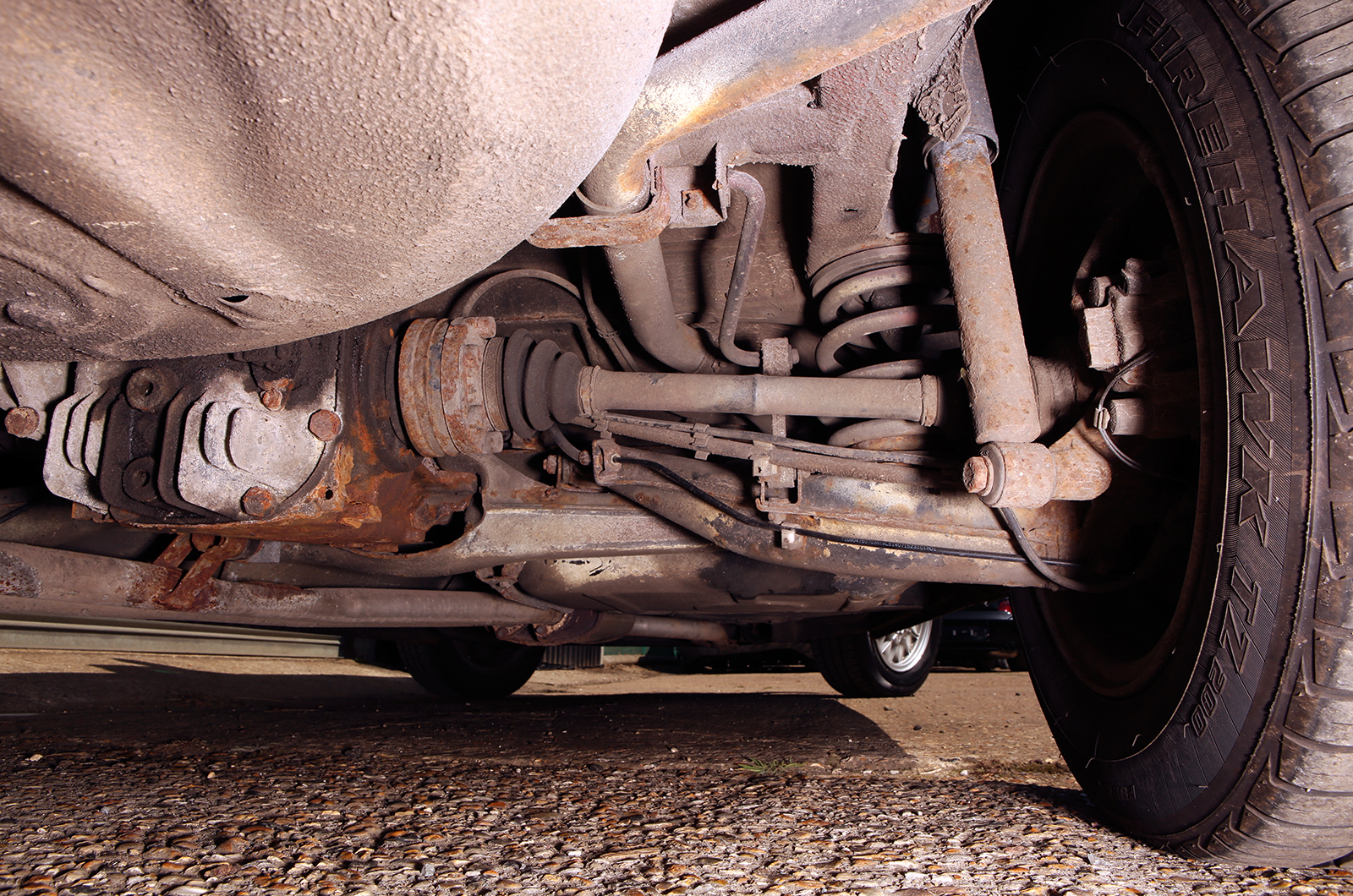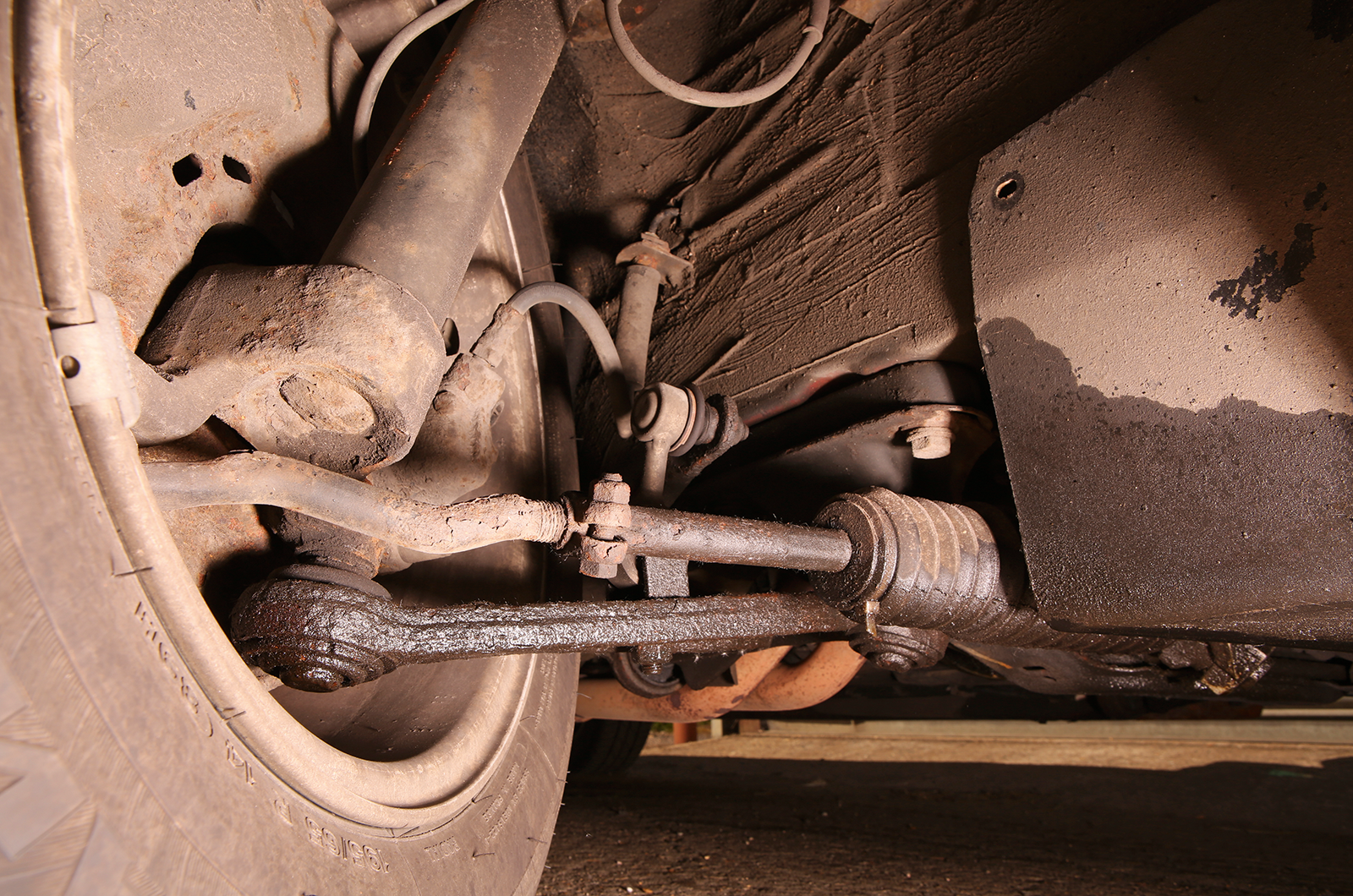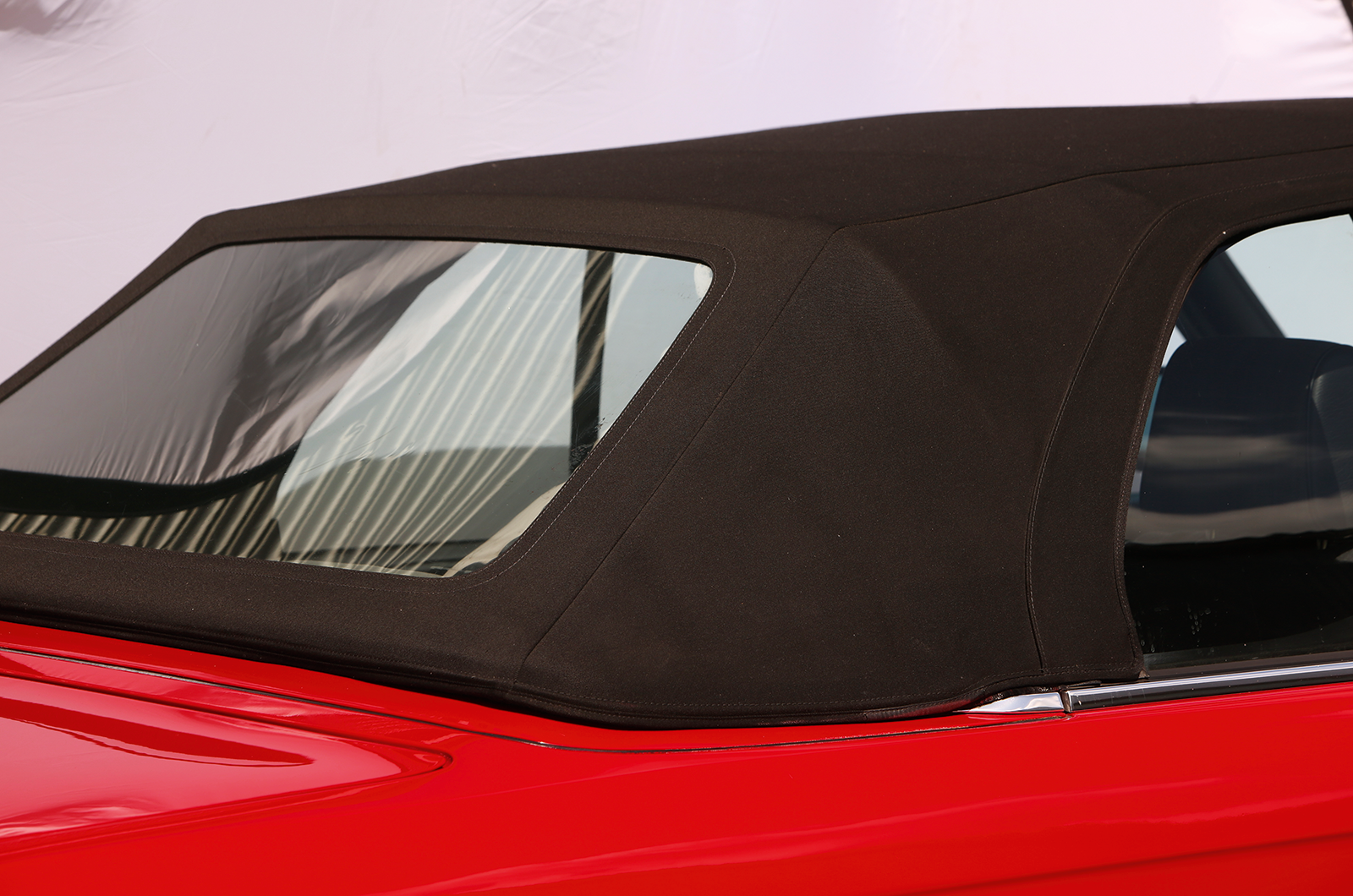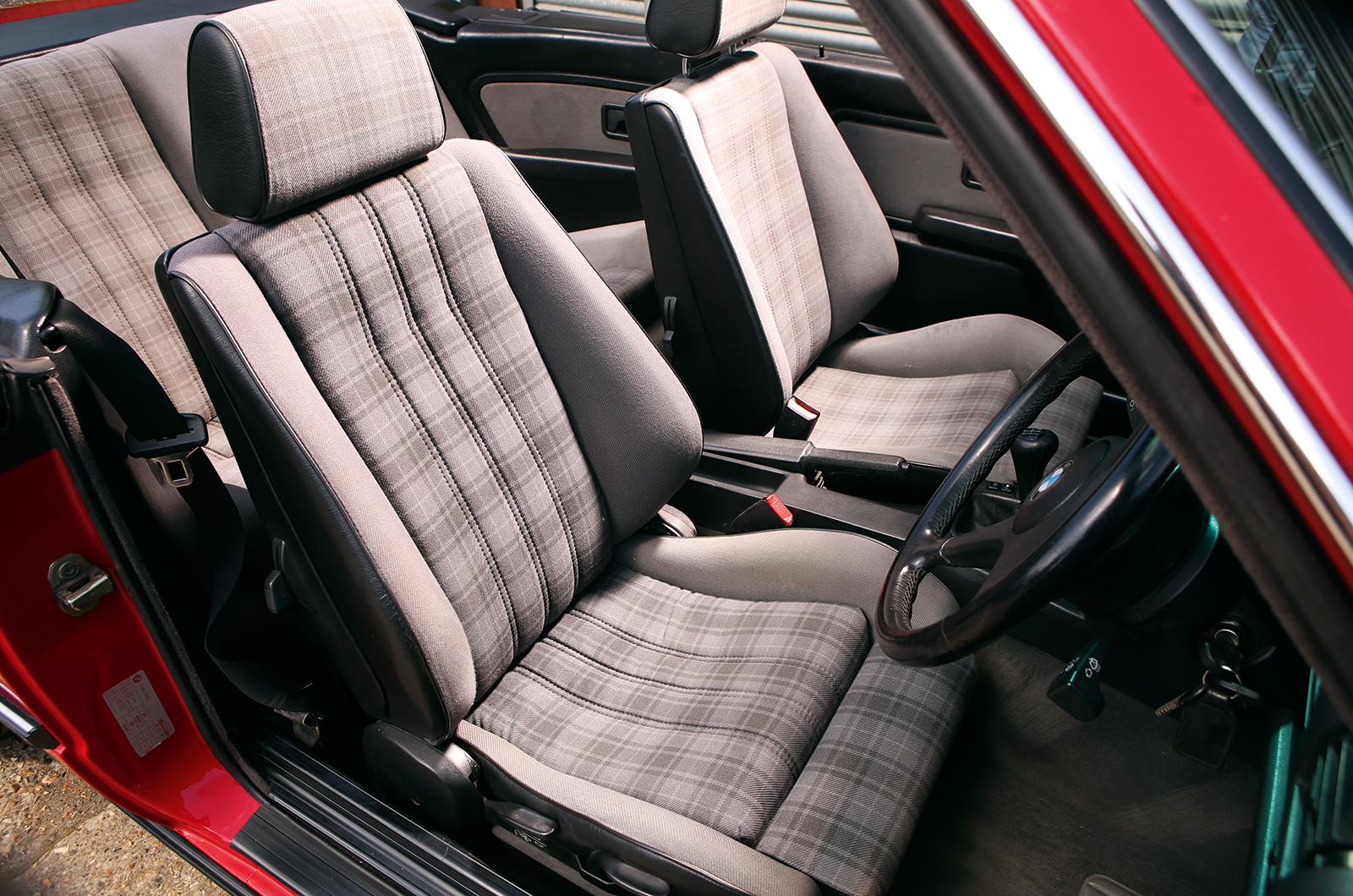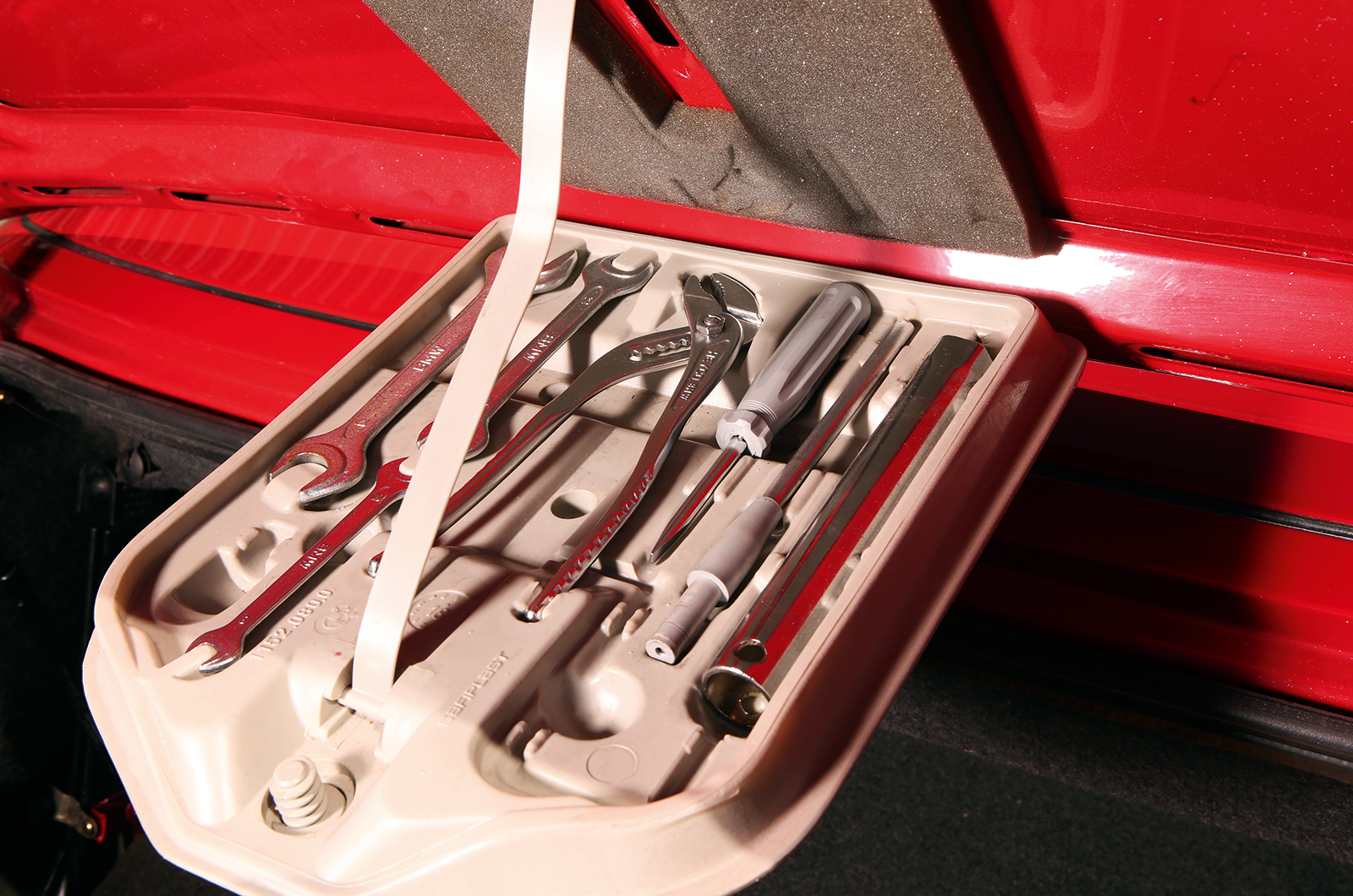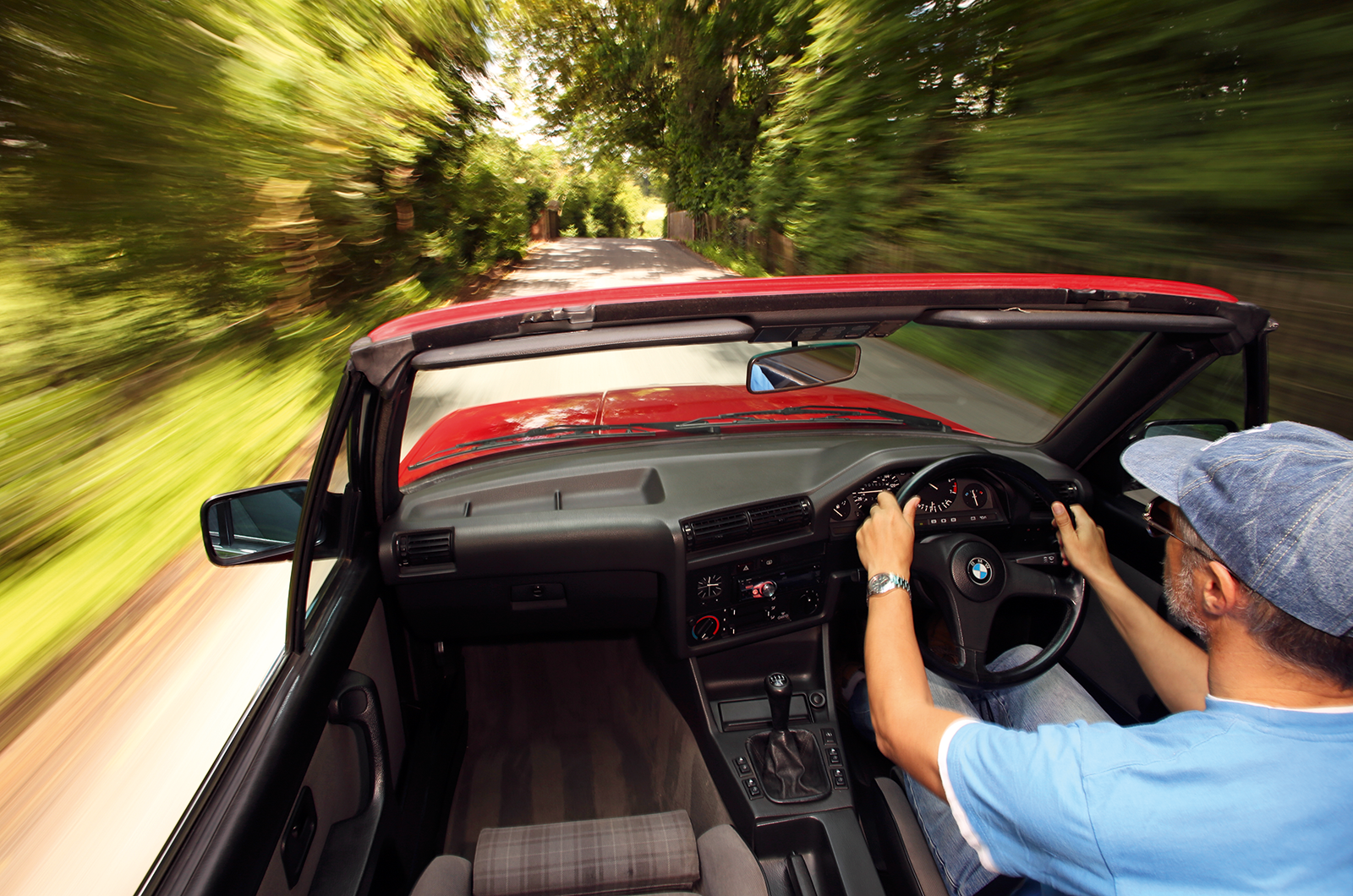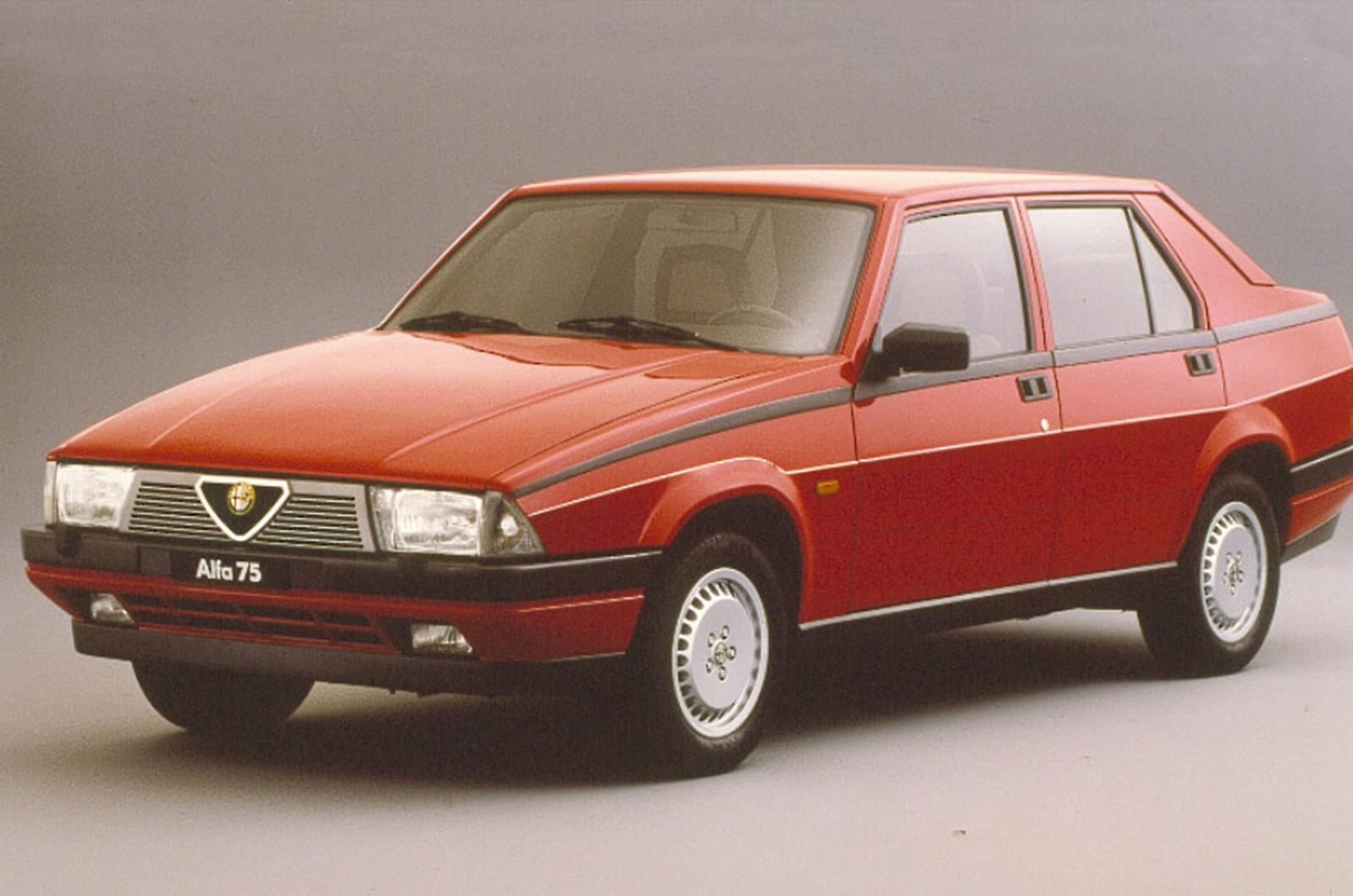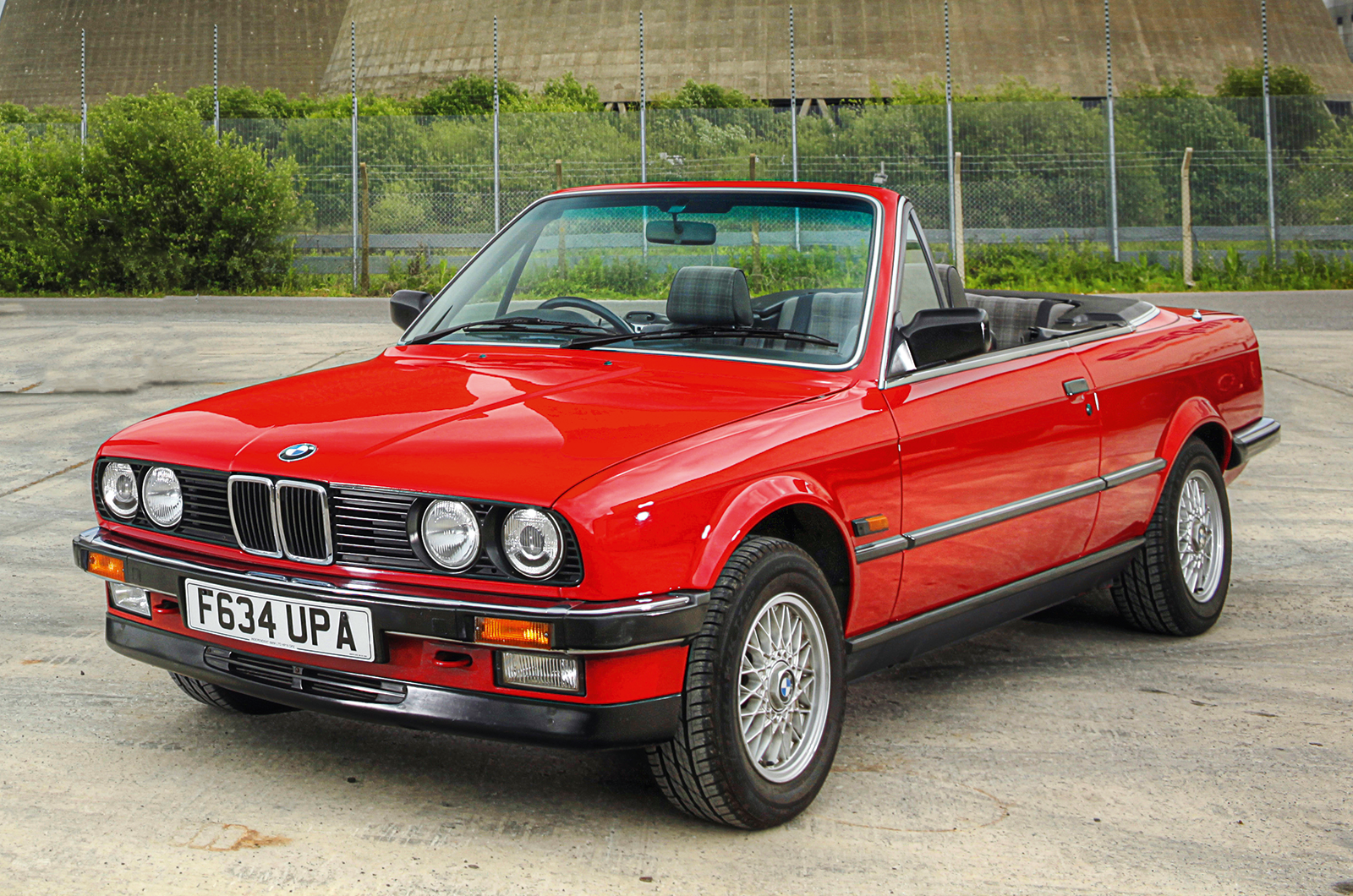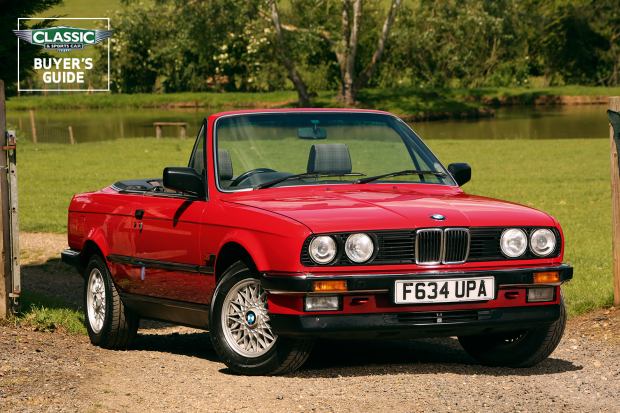
Why you’d want a BMW E30 3 Series
Compact rear-wheel drive saloons were in short supply in the 1980s. The E30 harked back to the 1960s and before, to the days of Alfa Giulias, Triumph Vitesses and similar sporting machinery.
Well over two million E30s were made in a huge selection of models: power units ranged from 86bhp diesel to 238bhp M3.
Stress analysis of the structure kept weight to a minimum despite extra equipment over earlier versions, and a five-door Touring joined the two- and four-door saloons, plus two-door dropheads – initially by Baur, and later as a factory convertible.
BMW resisted any temptation to change a winning formula; instead the E30 was refined in almost every detail from the E21. Fuel-injected models used electronics, there was a delightful all-new five-speed transmission, and the E21’s tail-happy handling had been dialled out in favour of a fine ride/handling compromise, while the heating and ventilation were much improved.


Five-door Touring joined the range in 1987 (left); 325iX brought all-wheel-drive to the 3 Series

